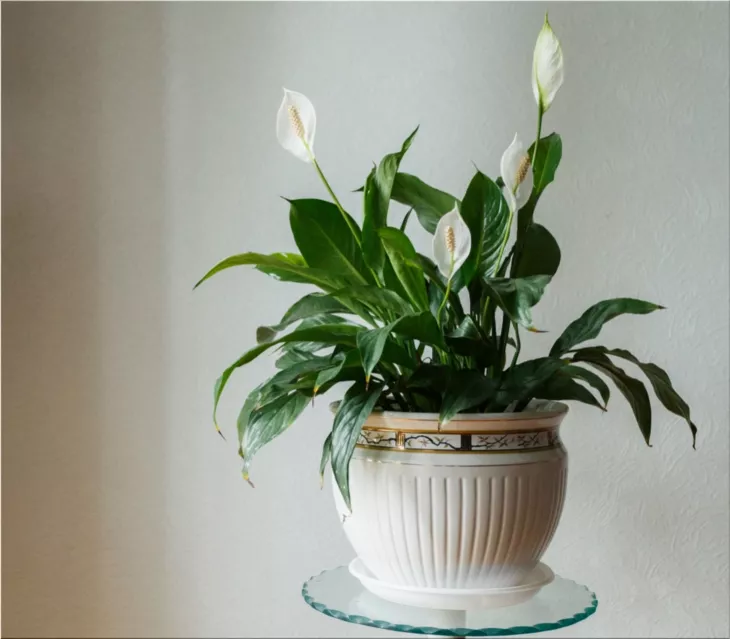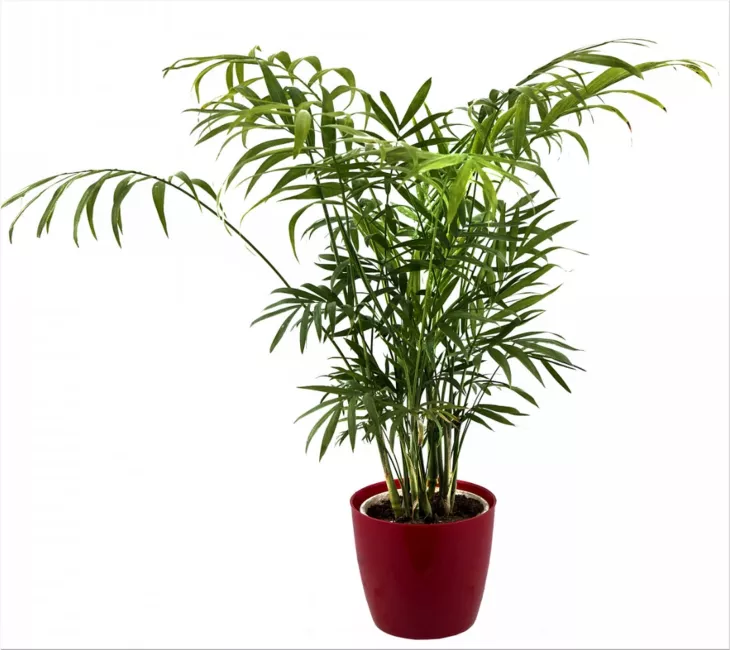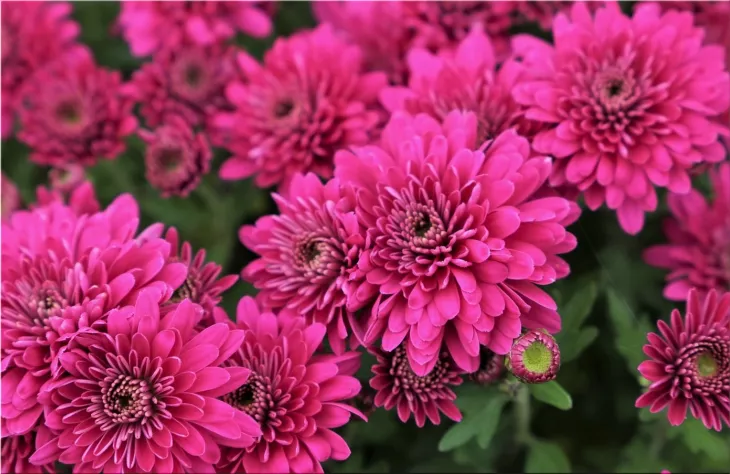Hey class, welcome back to Intro to Environmental Design! Today, we're taking a break from the usual lectures on sustainable architecture and LEED certification to discuss something a little more organic – houseplants! But these aren't your average philodendrons or spider plants. We're diving into the world of mold-fighting flora, plants that enhance your space aesthetically and act as natural air purifiers, keeping your home safe from the harmful effects of humidity and mold.
As you all know from our discussions on building materials and ventilation, mold thrives in damp environments. Mold spores can wreak havoc on our respiratory systems, and let's face it, black mold growing in the bathroom is not exactly #aesthetic. But before you reach for the harsh chemicals, consider a more natural approach – introducing some botanical warriors into your home!
Why Does Mold Grow Indoors?
Mold lurks both inside and outside our homes, sneaking in through windows, doors, and even our HVAC systems. Excessive moisture from everyday activities like showering or cooking can also contribute to the problem.
Here's the science bit: mold spores love to feast on organic materials with high cellulose content, like wood, drywall, and even carpets. This creates the perfect breeding ground for these unwelcome guests.
But Fear Not! Plant Power to the Rescue!
The good news is that several houseplants can actually help prevent and even eliminate mold growth. These botanical superheroes work their magic by absorbing excess moisture from the air, essentially creating a drier environment that discourages mold from colonizing.
1. The Mighty Fern (Nephrolepis exaltata):
This lush green fern isn't just a bathroom staple for its visual appeal. Nephrolepis exaltata, also known as the Boston Fern, boasts tiny pores on its leaves that act like sponges, soaking up moisture from the air and releasing it back into the environment as vapor. This natural dehumidification process helps keep humidity levels in check, making it a nightmare for mold. Plus, ferns are known for their air-filtering abilities, removing common toxins and pollutants.
2. The Elegant Peace Lily (Spathiphyllum):
Beyond its beautiful white flowers and deep green foliage, the peace lily (Spathiphyllum) packs a powerful punch against mold. This low-maintenance beauty has large, dense leaves that provide a vast surface area for transpiration, the process by which plants release water vapor. The more foliage a plant has, the greater its ability to absorb and release moisture, creating a drier and healthier environment.
3. The Versatile Pothos (Epipremnum aureum):
Trailing pothos with its heart-shaped leaves is a popular choice for hanging planters, but it's also a secret weapon in the fight against mold. This resilient plant thrives indoors and absorbs moisture from the air thanks to its efficient transpiration system. Like ferns, pothos have tiny openings on their leaves called stomata that help regulate moisture levels and prevent the growth of mold and other fungi growth.
4. The Cheerful Chrysanthemum (Chrysanthemum morifolium):
Don't underestimate the power of a colorful bloom! Chrysanthemums not only add a pop of color to your décor, but they also help regulate humidity levels. These adaptable plants can thrive in various lighting conditions, making them perfect for almost any room. Like the other plants on this list, chrysanthemums excel at transpiration, effectively capturing moisture from the air. An added bonus? Studies have shown that chrysanthemums can boost your mood with their beauty and pleasant aroma.
5. The Tropical Touch: Bamboo Palm (Chamaedorea seifrizii):
Craving a touch of the tropics? Look no further than the bamboo palm tree. Chamaedorea seifrizii adds a lush, exotic vibe to your space while subtly working its magic on humidity control. This palm absorbs moisture through its roots and releases it as vapor through its leaves. Remember, indirect sunlight is key for optimal growth and moisture absorption.
Design with Nature in Mind
These mold-fighting plants are not only functional but also fashionable! They can add a touch of life and personality to any room. Consider hanging pothos in a macrame plant hanger for a bohemian touch, or group chrysanthemums together for a burst of color on a windowsill.
Remember: Even with these botanical warriors on your side, proper ventilation is still crucial. Ensure that exhaust fans are run in bathrooms and kitchens during and after use, and open windows when possible to allow fresh air circulation.




























